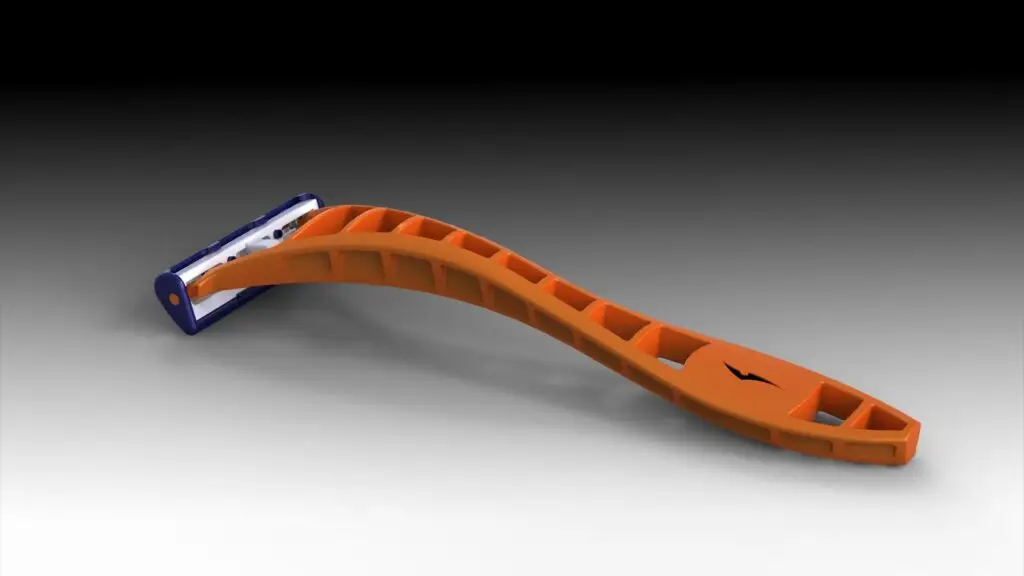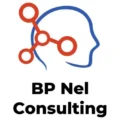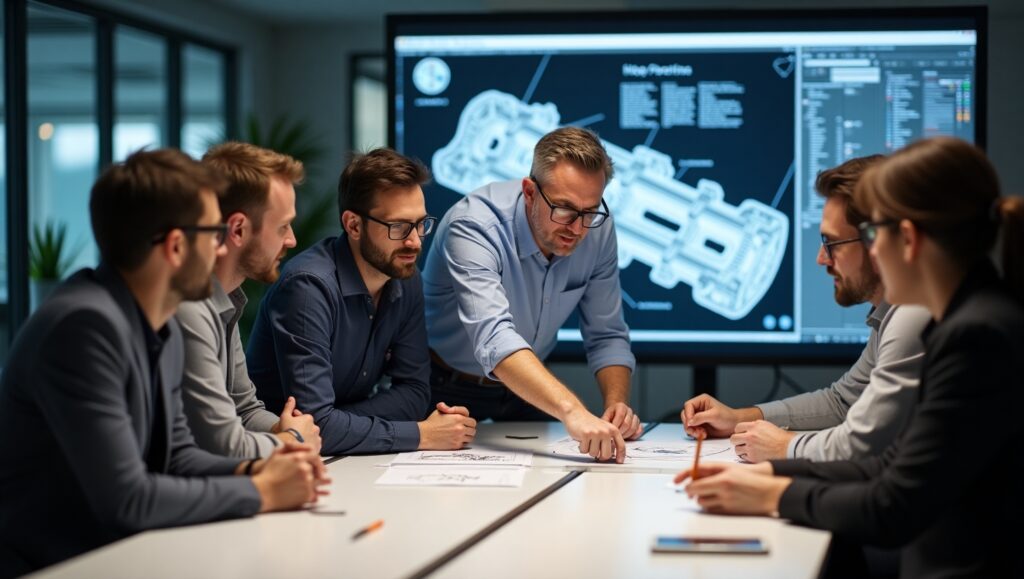Industrial Design DFM: Explore Our Exciting World
Published: September 20, 2025
Table of Contents
Introduction
Industrial Design DFM blends creativity with manufacturability to craft stunning, cost-effective products. At 3DDFM, BP Nel Consulting offers $75/hr expertise, saving 20-30% on production costs through optimized designs. For example, our Medical Sanitizer unit used Industrial Design DFM to cut tooling costs by thousands, unlike designs ignoring manufacturability. Thus, early DFM integration ensures high-quality, affordable products. Contact us for a free audit at 3ddfm.com!

Importance of Art and Functionality
Industrial design thrives on blending art and functionality. Specifically, this balance creates designs that are both beautiful and practical.
A product’s aesthetic appeal must align with its practical utility. This balance elevates it from useful to extraordinary. For instance, consumers value items that combine personal style with everyday function. A well-designed object can transform mundane tasks into delightful experiences.
Art in industrial design extends beyond appearance. It considers how users interact with products. Designers craft every curve, texture, and color for intuitive use. For example, a stylish kitchen tool should work as beautifully as it looks.
Functionality remains critical. A product must work seamlessly to meet user expectations. Consequently, a visually stunning item that fails to function properly loses value.
Industrial designers ensure form and function align perfectly. This harmony leads to innovative, enduring designs. BP Nel Consulting specializes in Industrial Design DFM, merging form, function, and manufacturability. Our approach saves development time and enhances product success.
History of Industrial Design
Industrial design began during the Industrial Revolution. This era introduced technological advancements and mass production of goods.
Factories increased product accessibility, creating a competitive marketplace. Designers saw the need to make products visually appealing to stand out. Early industrial designers emphasized that aesthetics could boost a product’s desirability. This established design as essential to manufacturing.
In the late 19th and early 20th centuries, movements like Arts and Crafts and Art Nouveau shaped industrial design. These movements promoted craftsmanship and artistic integrity in everyday objects. Designers such as William Morris argued that beauty and functionality should coexist. This belief formed the foundation of modern industrial design.
The mid-20th century brought modernism, favoring simplicity and clean lines over ornamentation. Designers like Charles and Ray Eames and Dieter Rams exemplified this approach. Their iconic designs balanced practicality with artistry. They proved industrial design could achieve both elegance and function, inspiring future generations.
Famous Industrial Designers and Contributions
Industrial design has seen pioneers who shaped its principles and practices. Dieter Rams is one of these iconic figures.
Rams worked with Braun and championed the philosophy “less, but better.” His approach emphasized simplicity and functionality. Designs like the SK4 record player and 606 Universal Shelving System show his focus on elegance and utility. His work set standards that continue to inspire designers worldwide.
Charles Eames also made a lasting impact, especially in furniture design. He, along with Ray Eames, used materials like molded plywood and fiberglass innovatively. The Eames Lounge Chair and Ottoman, introduced in 1956, remains a symbol of comfort and modern aesthetics. Their collaborative efforts highlighted the importance of research and user-centered design.
Jonathan Ive transformed industrial design in the tech world. As Apple’s former Chief Design Officer, Ive created iconic products like the iPhone and MacBook. His sleek designs and intuitive interfaces prioritized user experience and emotional connection. Ive’s work redefined product design and inspired countless designers globally.
Industrial Design Process: Concept to Production
Industrial design begins with the conceptual phase. Designers generate ideas and explore solutions to design challenges.
They use techniques like brainstorming and sketching to visualize thoughts and refine concepts. Experimentation helps shape ideas before detailed work begins. Collaboration with interdisciplinary teams often leads to innovative solutions. Diverse perspectives add value to the design process.
Once designers establish a concept, they enter the development phase. They create prototypes to test functionality and aesthetics. Prototypes range from sketches to detailed 3D models. Testing identifies flaws and inefficiencies, guiding improvements. Designers gather user feedback to refine usability and enhance the product. Flexibility is key as they adapt ideas based on testing outcomes.
After testing and refinement, designers move to production. They collaborate with engineers and manufacturers to ensure efficient production. Material choices, manufacturing methods, and costs influence final decisions. Designers balance artistic vision with practical constraints. For example, Industrial Design DFM optimizes tolerances to cut costs by 20-30%, ensuring manufacturable, user-friendly products.
Role of Technology in Industrial Design
Specifically, technology plays a transformative role in industrial design, enabling designers to push the boundaries of creativity and innovation. Advanced software tools, such as Computer-Aided Design (CAD) programs like Fusion 360, allow designers to create intricate models and simulations, streamlining the design process. These technologies facilitate rapid prototyping, enabling designers to test and iterate on their ideas more efficiently than ever before. For instance, 3D printing caught a $10,000 tolerance issue in our Medical Sanitizer unit in just 48 hours. Consequently, Industrial Design DFM accelerates innovation, ensuring cost-effective production.
Emerging Trends in Industrial Design
Moreover, minimal and unobtrusive designs dominate. Consumers gravitate towards products that offer both visual appeal and practicality, prompting designers to streamline their creations while maintaining an emotional connection with users.
Another emerging trend is the integration of personalization in industrial design. As consumers seek unique and tailored experiences, designers are exploring ways to incorporate customization into their products. This can range from modular furniture that adapts to individual spaces to customizable technology that caters to specific user needs. The ability to personalize products enhances user engagement and fosters a sense of ownership, making the design process more inclusive and user-focused. Thus, Industrial Design DFM supports scalable, personalized solutions.
Applications of Industrial Design in Various Industries
For instance, Industrial Design DFM finds applications across a myriad of industries, each benefiting from the principles of creativity and manufacturability. In the consumer electronics sector, sleek designs and intuitive interfaces are vital for attracting consumers. The design of smartphones and laptops, for example, uses Industrial Design DFM to optimize enclosures for injection molding, reducing costs by 15-25%.
In the realm of automotive design, Industrial Design DFM creates vehicles that are visually stunning, safe, and efficient. Designers work closely with engineers to develop aerodynamic shapes and ergonomic interiors. Features like dashboard layouts and seating comfort are crafted to enhance the driving experience while minimizing production costs through standardized parts.
The healthcare industry also benefits significantly from Industrial Design DFM. Medical devices, like our Medical Sanitizer unit, require ergonomic, manufacturable designs. Designers ensure tools are user-friendly for professionals and patients while optimizing for processes like injection molding and sheet metal fabrication, improving outcomes and reducing costs.
Future of Industrial Design
Looking ahead, the future of industrial design is exciting and challenging. As technology evolves, designers will leverage new tools and materials. The growing emphasis on sustainability drives innovation, with Industrial Design DFM prioritizing eco-friendly materials and processes to reduce waste by 20-30%.
Moreover, artificial intelligence and machine learning will influence the design process. Designers may collaborate with AI to optimize designs, as seen in our Swimming Pool Device with a 22-gear mechanism. This partnership enhances creativity and efficiency, allowing focus on artistic aspects while technology handles repetitive tasks.
Furthermore, global connectivity enables designers to engage diverse cultures, fostering inclusive Industrial Design DFM. This approach creates products that resonate with wider audiences, ensuring manufacturability across markets.
FAQ: How Does Industrial Design Impact Manufacturing Costs?
Industrial Design DFM significantly impacts manufacturing costs by optimizing material choices, simplifying designs, and enhancing scalability. For example, using uniform wall thickness in injection molding reduces tooling costs by 20-30%, per Industry Insights. Overly complex features, like sharp corners, increase mold expenses. Moreover, DFM streamlines tolerances and assembly processes, cutting production time by 15-40%. Thus, Industrial Design DFM ensures cost-effective, high-quality products for industries like medical devices and consumer electronics.
Conclusion
Industrial Design DFM transforms products by blending aesthetics with manufacturability. Therefore, partner with 3DDFM for $75/hr expertise to optimize designs, as shown in our Medical Sanitizer case study. Furthermore, our 29+ years of experience ensures success across consumer products, automotive, and healthcare. Hence, start today with a free design audit at 3ddfm.com!

